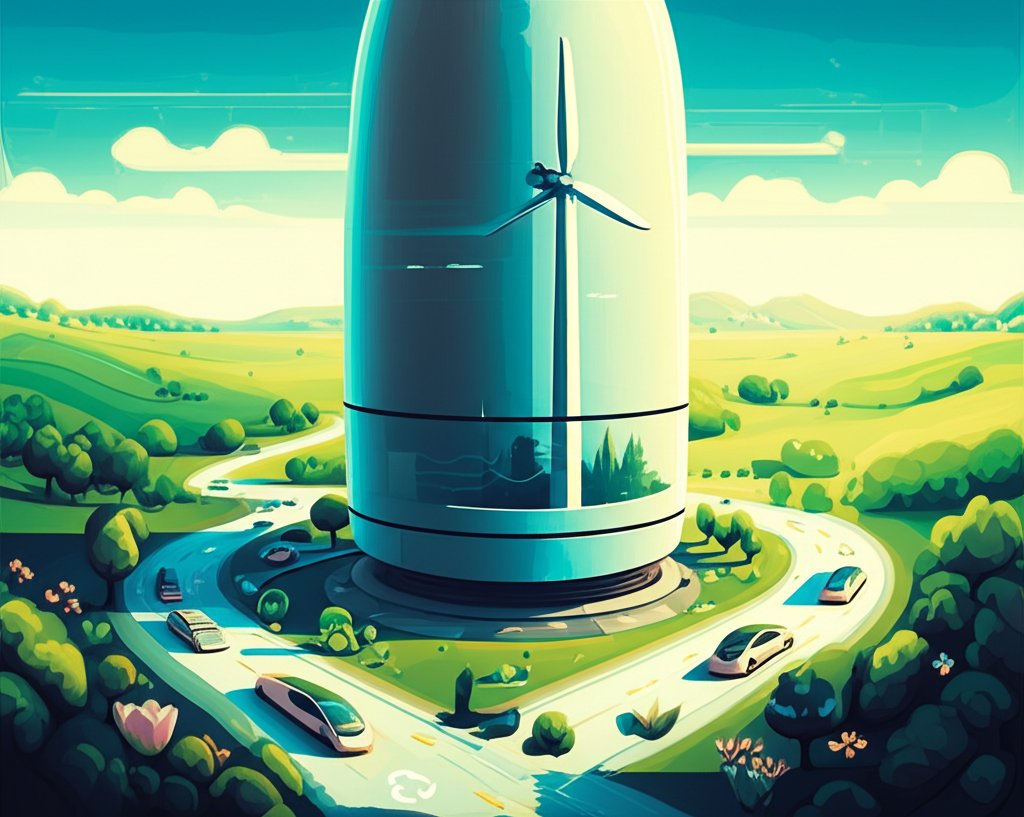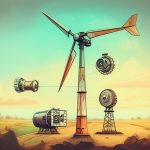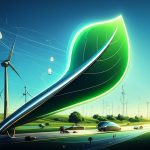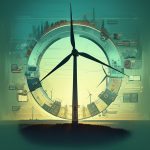Imagine standing at the base of a colossal wind turbine, its blades silently carving through the air. What you’re likely not seeing is the complex engineering marvel perched atop the tower – the nacelle. This housing isn’t just a protective shell; it’s the beating heart of the entire wind energy generation process.
At a glance:
- The nacelle houses all the critical components that convert wind energy into electricity.
- Key components include the gearbox, generator, controller, yaw system, and brakes.
- Nacelle design is constantly evolving to increase efficiency and reduce maintenance.
- Advancements in materials and smart technology are shaping the future of nacelle wind turbine technology.
- Regular maintenance is crucial for the longevity and performance of nacelles.
What Exactly Is a Nacelle?
The nacelle (pronounced nuh-SELL) is essentially a streamlined enclosure, similar in concept to the housing around an aircraft engine. Think of it as the engine room of a wind turbine. It sits atop the turbine tower, directly behind the rotor blades, and protects the vital machinery inside from the elements.
The Inner Workings: A Nacelle’s Core Components
The nacelle of a wind turbine isn’t just an empty shell; it’s packed with sophisticated technology. Here’s a look at the key components you’ll find inside:
- Gearbox: This component acts like a speed multiplier, increasing the relatively slow rotational speed of the rotor blades to a speed suitable for the generator. Though newer direct-drive turbines are forgoing the gearbox.
- Generator: The workhorse of the nacelle. It converts the mechanical energy from the rotating blades (via the gearbox or directly) into electrical energy.
- Controller: The brains of the operation. The controller monitors wind speed, direction, and other parameters to ensure the turbine operates safely and efficiently. As we strive for more energy efficiency, understanding how Blade Length Impacts Wind Power becomes even more critical.
- Yaw System: This system rotates the entire nacelle, ensuring that the rotor blades are always facing directly into the wind for optimal energy capture.
- Brakes: Essential for safety and maintenance. Brakes stop the rotor in emergency situations or when maintenance is required.
Design and Construction: Built to Last
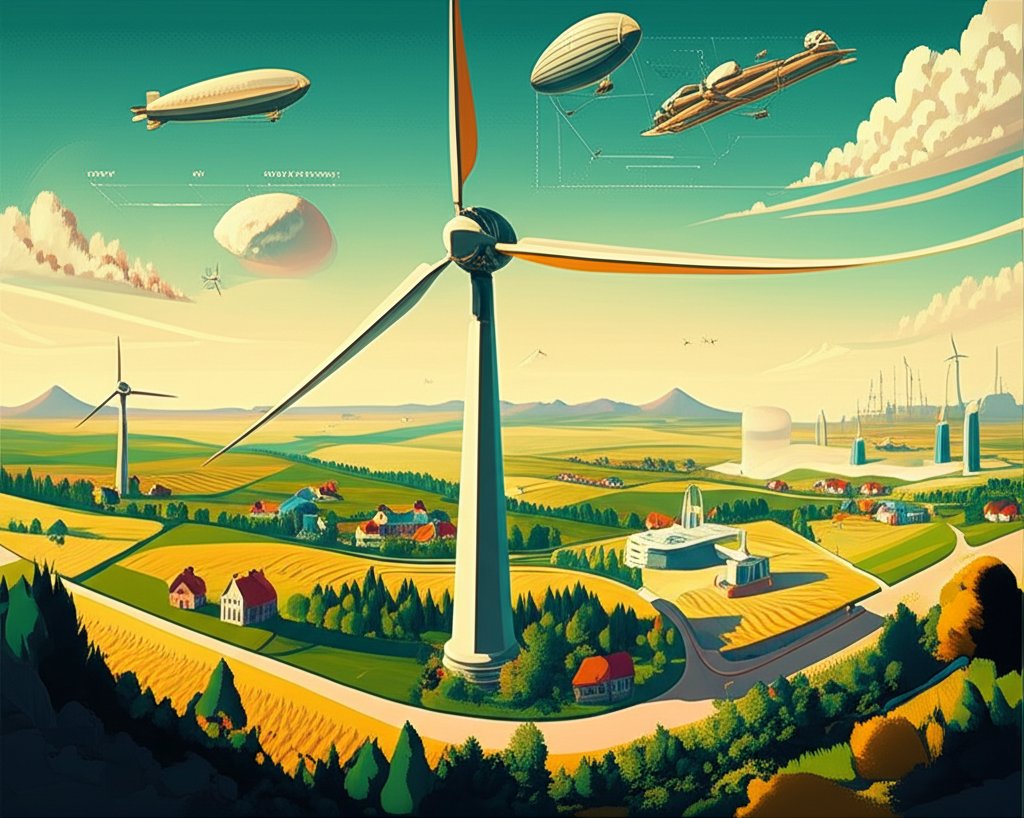
Nacelles are designed to withstand extreme weather conditions, from hurricane-force winds to scorching sun and freezing temperatures. They are typically constructed from durable materials like:
- Fiberglass: Lightweight and strong, offering good resistance to corrosion.
- Steel: Provides excellent structural support but is heavier than fiberglass.
- Composite Materials: Offer a balance of strength and weight, allowing for complex aerodynamic shapes.
The aerodynamic design of the nacelle minimizes wind resistance, allowing the turbine to operate more efficiently. The size and weight of a nacelle vary significantly depending on the turbine’s power capacity; larger commercial turbines can have nacelles weighing hundreds of tons and as big as a small apartment.
The Yaw System: Following the Wind’s Lead
The Yaw System is critical for optimizing energy production. It uses sensors, often including an anemometer to measure wind speed and a wind vane to determine wind direction, to precisely position the nacelle so that the rotor faces directly into the wind.
Upwind turbines, the most common type, rely on the yaw system to actively track the wind. Downwind turbines, on the other hand, are designed to naturally align with the wind, eliminating the need for a powered yaw drive. The nacelles’ controlling mechanism stores wind speed and direction data, rotor speed, and generator capacity to manage system parameters.
Maintenance and Accessibility: Keeping Things Running Smoothly
Regular maintenance is essential for ensuring the reliable operation of a nacelle wind turbine. This includes inspecting and servicing the gearbox, generator, and other components. Access to the nacelle is typically gained through the tower, often via a ladder or, in larger turbines, a small internal elevator. Some offshore wind turbines even feature helicopter-hoisting platforms on top of the nacelle for easier access.
Technological Advancements: The Future of Nacelles
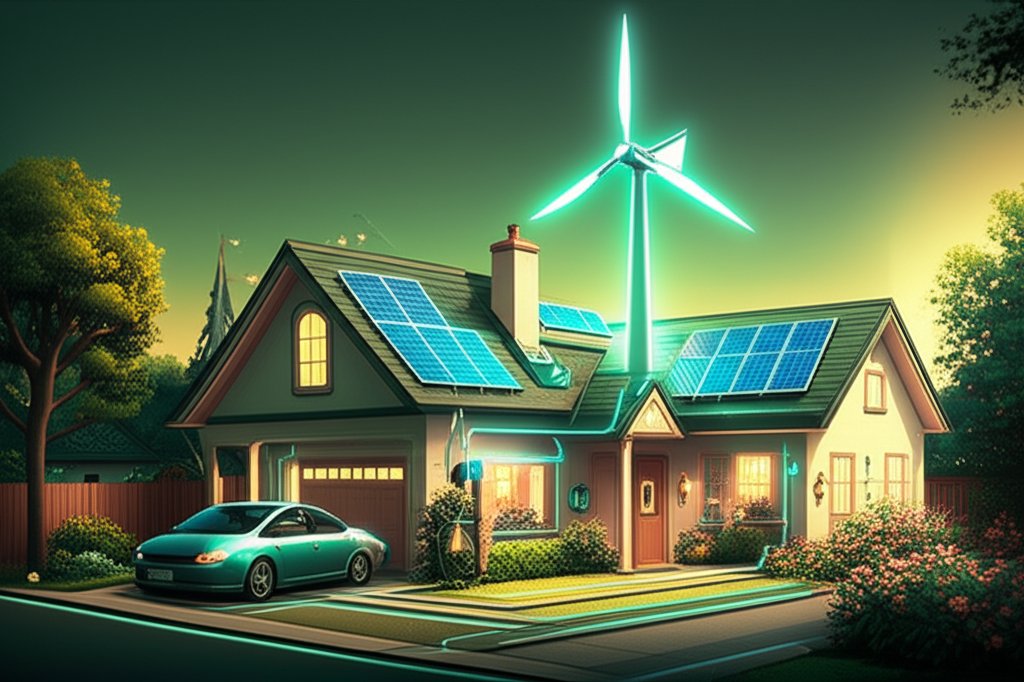
Nacelle technology is continually evolving to improve efficiency, reduce costs, and enhance reliability. Some key areas of innovation include:
- Smart Technologies: Remote monitoring and control systems allow operators to track turbine performance, predict maintenance needs, and optimize energy production.
- Direct-Drive Generators: Eliminating the gearbox reduces maintenance requirements and improves efficiency.
- Advanced Materials: Lightweight composite materials reduce the overall weight of the nacelle, allowing for larger turbines.
- Flexible Busbars: As engineers design ever taller wind turbines, they are looking to smaller installations inside the wind turbine nacelles. This is because reducing the size of installations in the nacelle also reduces raw material use, driving cost and environmental savings. Flexible busbars enable designs impossible to build safely using conventional cable, as they offer a high bending radius and a high degree of conductivity.
Nacelle Wind Turbines: Addressing Common Questions
Let’s tackle some frequent questions surrounding nacelle wind turbines:
How long does a nacelle last?
A high-quality, modern wind turbine, including the nacelle, will typically last for 20 years or more with proper maintenance. Plans are in place to extend the machine’s life from five years to 20 to 30 years, improve the efficiency of the nacelle, provide better controls, produce longer-lasting drive trains, and provide improved surge protection and grounding.
How much does a nacelle weigh?
Nacelle weights vary widely, but an average modern turbine nacelle weighs around 22,000 pounds. Larger nacelles, particularly those for offshore turbines, can weigh upwards of 150 to 300 tons.
How does a nacelle protect the internal components?
The nacelle is a robust, hollow shell typically built of fiberglass or other durable materials. It is designed to withstand extreme weather conditions, protecting the gearbox, generator, and other sensitive components from the elements.
What role does the nacelle play in lightning protection?
Engineers design turbines to be protected from lightning strikes. Engineers can take advantage of specialized receptors on wind turbine blades to capture and ground lightning strikes.
The Nacelle’s Impact on Wind Energy’s Future
The nacelle is far more than just a housing; it’s the technological heart of a wind turbine. Its design, construction, and the innovations within are central to the efficiency and effectiveness of wind power generation. As technology advances, we can expect to see even more sophisticated nacelles that contribute to a cleaner, more sustainable energy future. When considering different energy sources, it is helpful to understand how to Power Your Home With Wind.
Taking the Next Step: Embracing Wind Energy
The evolution of the nacelle wind turbine continues to drive progress in renewable energy. By understanding its role and the innovative technologies it houses, we can better appreciate the potential of wind power and its contribution to a greener future. Keep learning, stay informed, and consider the ways you can support the growth of wind energy in your community.
- How to Generate Electricity from Water at Home for Off-Grid Power - December 6, 2025
- Small Scale Hydropower Brings Sustainable Energy to Rural Areas - December 5, 2025
- Wind Energy Vehicle: Cars Powered by Wind—The Future is Near? - December 5, 2025
